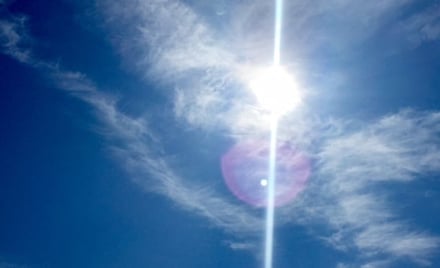 Plastic fibers have found their place in the modern world by their many applications. Polypropylene and polyester are two families of plastics that are common for people to use day-to-day. For industrial uses, polypropylene and polyester have very different characteristics that make them suitable for different environmental stresses including sunlight exposure. Understanding the differences in UV resistance between polypropylene and polyester can help you decide the best yarn or thread for your application.
Plastic fibers have found their place in the modern world by their many applications. Polypropylene and polyester are two families of plastics that are common for people to use day-to-day. For industrial uses, polypropylene and polyester have very different characteristics that make them suitable for different environmental stresses including sunlight exposure. Understanding the differences in UV resistance between polypropylene and polyester can help you decide the best yarn or thread for your application.
Polypropylene is a simple chain polymer. It finds most of its uses in packaging, food containers, laboratory equipment, water pipes, and anywhere that heat, chemical, or electrical resistance is necessary. Because of the chemical structure of polypropylene, it has a high degradation rate when exposed to UV light like the Sun. The light causes the bonds holding the polymer together to break which weakens the plastic. This makes polypropylene unsuitable for uses that require longterm exposure to sunlight.
Polyester is different. It is a family of plastics that share a similar structure of an ester between two binding R-groups. Because the R-groups are different between each plastic, they have different characteristics; however, the overall performance of these plastics compared to polypropylene is much greater concerning UV resistance. Typically, polyester has uses in clothing, high-strength ropes, shatterproof bottles, and insulation.
Data can show how polypropylene and polyester handle UV exposure. According to Gupta, North Carolina State University, polypropylene fibers can only withstand approximately 6 days exposure to high-intensity UV light before losing 70% of their strength. Compare this to data from Geofabrics.com.au that shows polyester fibers can withstand 12 months exposure to sunlight and still retain over 67% of their strength. These data demonstrate widely different outcomes for polypropylene and polyester regarding UV resistance.
There are some kinds of polypropylene fibers that embed titanium oxide or zinc oxide into the fibers. These metal salts absorb the UV light and help to reduce exposure to the fibers. Geofabrics.com.au notes that if polypropylene fibers do not have these UV absorbers embedded that they will break down within a few months in sunlight.
Plastic fibers are useful for many consumer and industrial purposes. Polypropylene and polyester are both common for people to use and work with daily. These two kinds of plastics demonstrate very different characteristics, especially when concerned with UV resistance. Polypropylene is susceptible to quick degradation by sunlight while polyester innately resists deterioration. Polypropylene is useful for applications that require high heat, chemical, or electrical stresses, but polyester is more suitable for outdoor uses and environmental exposure.



